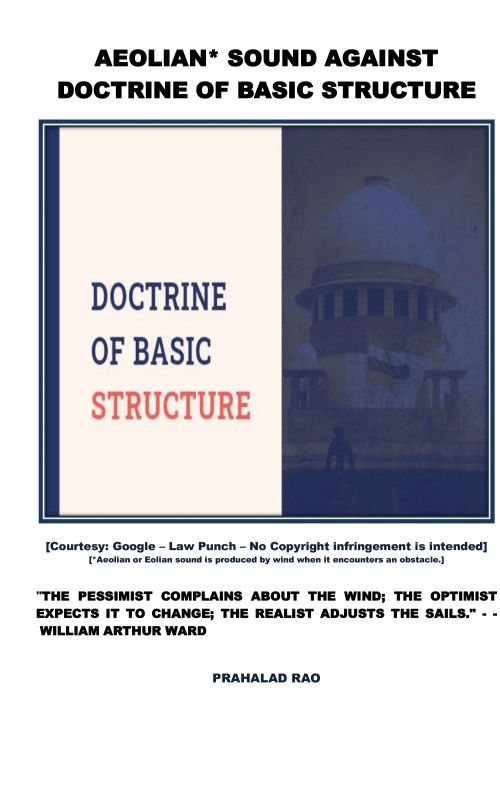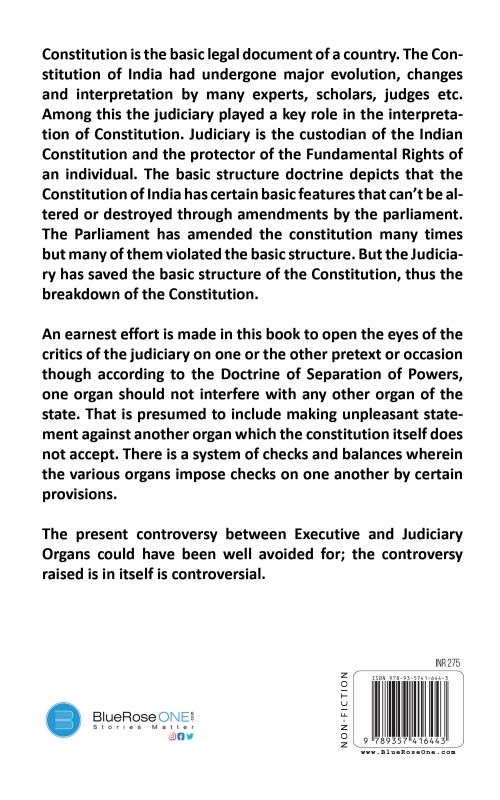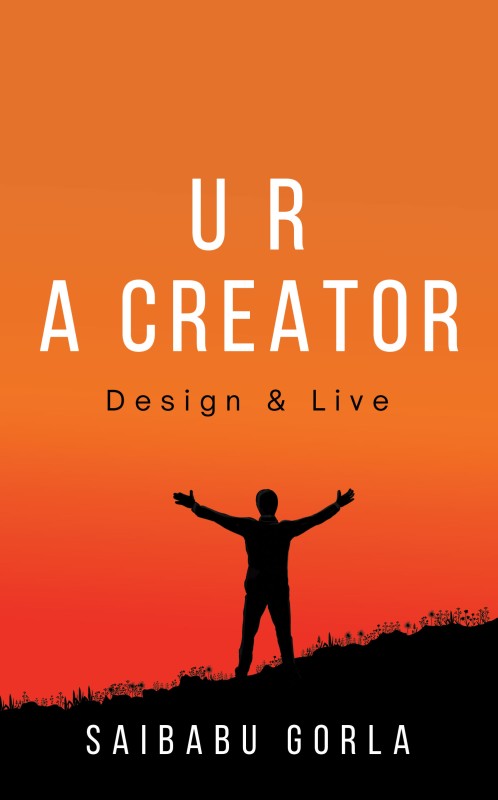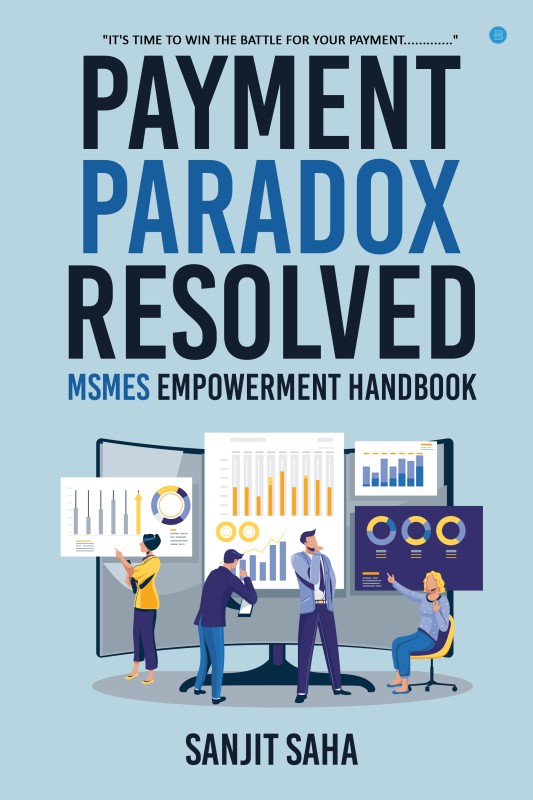Aeolian Sound Against Doctrine of Basic Structure
by Prahalad Rao | 09-May-2023
(0)
Constitution is the basic legal document of a country. The Constitution of India had undergone major evolution, changes, and interpretation by many experts, scholars, judges, etc. Among these, the judiciary played a key role in the interpretation ...
Original
Books
Fastest
Delivery
7-day
Replacement
Book Details
- Language : English
- Pages : 223
- ISBN : 9789357416443
- Genre: NON-FICTION
- Size : 5" x 8"
- Binding Type : PAPERBACK
- Age Group: 14 - 60 Years
- Paper Type : NATURAL SHADE
- Interior : BLACK & WHITE
- Cover : GLOSS FINISH
- Book Type : PAPERBACK
- Tags : Aeolian Sound Against Doctrine of Basic Structure,Non - Fiction
-
Best Sellers Rank :
#1681 in Non - Fiction
#6439 in Global
Reviews
There are no reviews for this product yet.

 USD
($)
USD
($) AUD
($)
AUD
($) CAD
($)
CAD
($) EUR
(€)
EUR
(€) HKD
($)
HKD
($) GBP
(£)
GBP
(£) SGD
($)
SGD
($)








